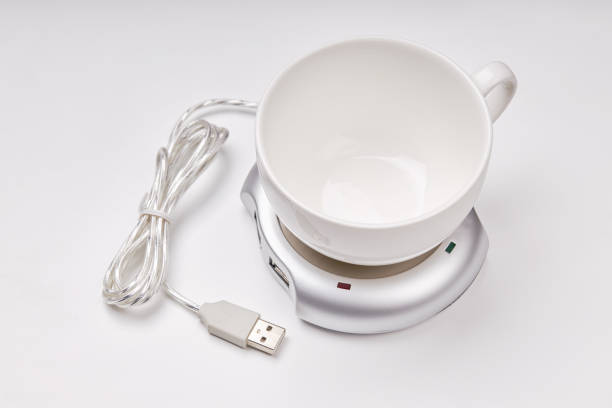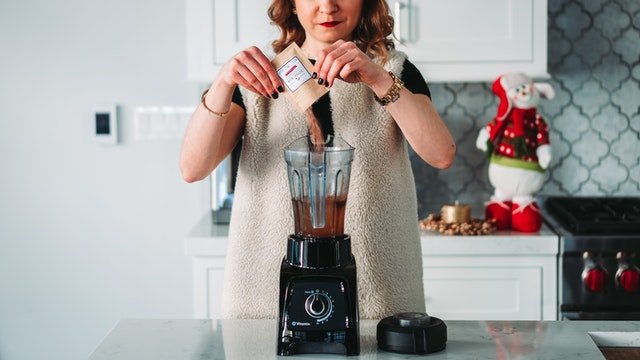How to disinfect your kitchen sink without bleach is a common concern for those looking to keep their kitchen clean and safe without using harsh chemicals. Your kitchen sink might be one of the dirtiest places in your home, even more so than your toilet. It’s no wonder people often ask, “How can I disinfect my kitchen sink without bleach?” If you’re looking for natural ways to keep your sink clean and germ-free, this guide will provide you with effective methods that are both safe and easy to follow.
Why Avoid Bleach in the Kitchen?
Many people prefer to avoid harsh chemicals like bleach, especially in areas where food is prepared. Using natural disinfectants not only protects your health but also ensures that your kitchen remains a safe environment for your family. In this article, we’ll explore several DIY methods for disinfecting your kitchen sink without bleach, helping you maintain a hygienic kitchen without compromising on safety.
Methods to Disinfect Your Kitchen Sink Without Bleach
There are several effective, natural methods to disinfect your kitchen sink. These methods are simple to execute and use common household items.

Method 1: Hydrogen Peroxide and Vinegar
If you’re wondering how to disinfect your kitchen sink without bleach, hydrogen peroxide and vinegar are powerful alternatives that can effectively kill germs.
- Step 1: Obtain hydrogen peroxide and vinegar. You can easily find hydrogen peroxide at your local store for just a few dollars. It’s important to keep hydrogen peroxide in its original dark bottle to preserve its effectiveness. Never transfer it to a clear container.
- Step 2: Spray hydrogen peroxide directly onto the sink. You’ll notice a bubbling action that shows it’s working to kill bacteria.
- Step 3: After spraying hydrogen peroxide, immediately spray vinegar onto the same areas. This combination will neutralize bacteria without creating harmful byproducts.
Important Note: Never mix hydrogen peroxide and vinegar in the same bottle, as this can produce a noxious gas. Always use them separately.
Method 2: Soap and Water
Another simple method to disinfect your kitchen sink without bleach is by using soap and water.
- Step 1: Apply soap to a sponge or rag.
- Step 2: Scrub the sink thoroughly, ensuring you cover all areas.
- Step 3: Rinse with water and repeat if necessary until the sink is visibly clean.
Method 3: White Distilled Vinegar
White distilled vinegar is a natural disinfectant with the power to kill most bacteria and mold, making it an excellent choice for those looking to disinfect their kitchen sink without bleach.
- Step 1: Pour white distilled vinegar into a spray bottle.
- Step 2: Spray the vinegar generously over the sink.
- Step 3: Allow it to sit and dry completely.
- Step 4: Wipe the sink with a clean cloth to remove any remaining residue.
Method 4: Baking Soda
Baking soda is another excellent option for those who want to know how to disinfect their kitchen sink without bleach.
- Step 1: Sprinkle baking soda directly onto the sink or down the drain.
- Step 2: Scrub the sink with a damp sponge or cloth.
- Step 3: Rinse thoroughly with water.
Frequently Asked Questions (FAQs)
How often should I disinfect my kitchen sink without bleach?
It’s recommended to disinfect your kitchen sink at least once a week, or more often if you handle raw meat or other high-risk foods.
Can I mix hydrogen peroxide and vinegar for cleaning my kitchen sink?
No, you should never mix hydrogen peroxide and vinegar in the same container as this can create a harmful gas. Use them separately for safe and effective cleaning.
Is it safe to use vinegar on all sink types?
Vinegar is generally safe for most sink types, including stainless steel. However, avoid using vinegar on natural stone sinks like granite or marble, as it can cause etching.
Can baking soda unclog my drain as well as clean it?
Yes, baking soda can help unclog drains when combined with vinegar. Pour baking soda down the drain, followed by vinegar, and let it fizz for a few minutes before rinsing with hot water.
What if my sink still smells after cleaning?
If your sink has lingering odors, try sprinkling baking soda in the sink and scrubbing it with a sponge. You can also pour boiling water down the drain to help eliminate any remaining odors.
Conclusion
Knowing how to disinfect your kitchen sink without bleach is essential for maintaining a clean and germ-free kitchen. By using natural alternatives like hydrogen peroxide, vinegar, and baking soda, you can effectively disinfect your sink without relying on bleach or other harsh chemicals. These methods are simple, safe, and effective, making them perfect for everyday use.





